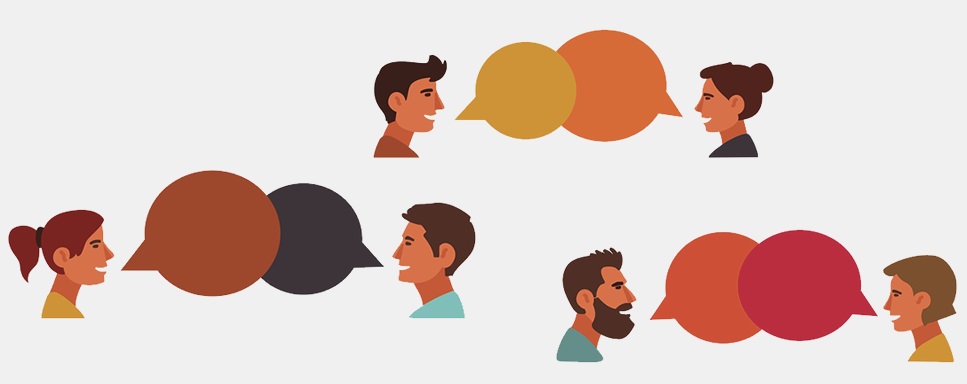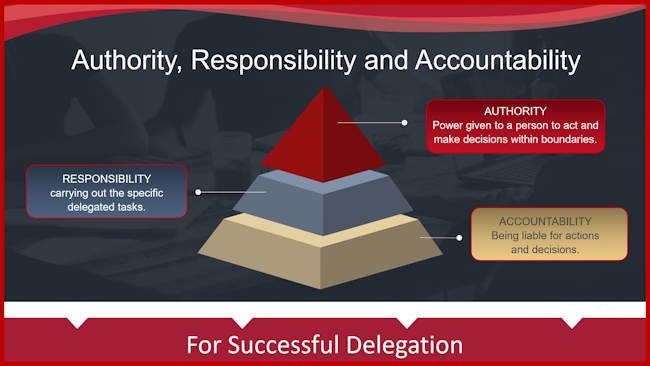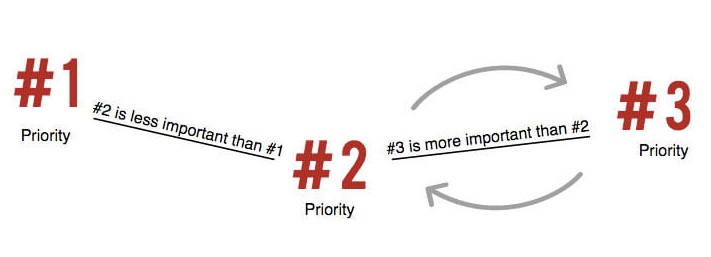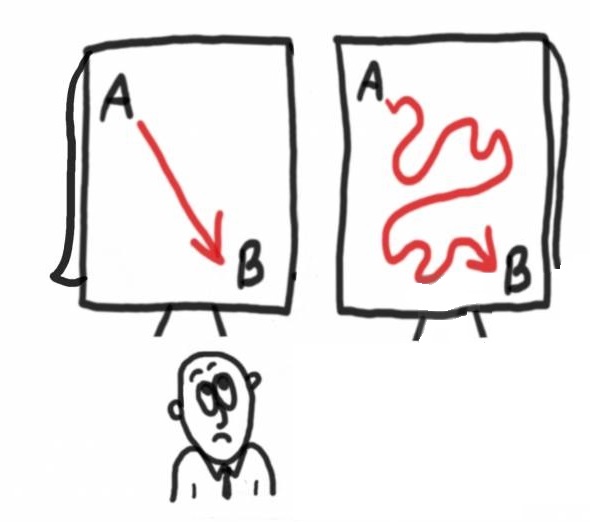
Management lessons are everywhere. We can read them in books, listen to them on podcasts, and hear them live during conference talks. Here are some of the lessons from conversations with leaders:
Lesson 01: What are common hazards and errors to avoid when doing manager handoffs and transitions?

People come and go in the workplace for various reasons. Maybe we have been promoted and are transitioning into a different role. Perhaps we are taking leave for one reason or another. Regardless of the reason, we will want to make sure we are structuring transitions to be as smooth as possible for ourselves, the new person, and the team that they’ll be taking over. Going too fast is the biggest pitfall. Additionally, here are some suggestions:
- Writing out all the things that we currently do in our role, monitor it for a few weeks to make sure we do not miss anything and create good documentation for the role.
- Give a quick win with a process improvement or an initiative that the team has wanted for a while but has not had the bandwidth to do.
- Give people milestones to strive for. Example-When XYZ is achieved, when we are competent in ABC, or when we feel comfortable with DEF, we will increase our accountability.
- Be clear on delegation, accountability, responsibility, and monitoring. Typically, the most difficult things are delegation, accountability, and monitoring because they’re less commonly defined when compared to responsibility. Here’s one way how we can think about these:
- Delegation – Be clear on what is being delegated and to what level.
- Accountability – This happens in both directions (up and down the hierarchy) and can typically be tied to concrete outcomes. Being clear on what this role has accountability for delivering allows a person to come out swinging and plan appropriately.
- Monitoring – It’s worth being clear about how the role will be monitored long-term (e.g. performance reviews), but it’s crucially important to define how it will be monitored in the early days (e.g. weekly check-ins, continuous feedback, and agree upon next steps, etc.)
- As for handling the transition publicly: What gets announced in the company is significant as well.
- What is the symbolic date of handover where this person has full ownership and authority on all decision-making?
- Timing: Does the announcement get made initially on Day 1 that there’s a new role, and that a phased transition is in place with the expectation that by the end – Day 30, 60, or 90 – there is clarification of what this new role now has full accountability for?

Lesson #2: What are some suitable ways of demonstrating you value your people?
Showing we truly, genuinely value our employees in thoughtful ways can make all the difference to a person’s happiness and contentment in the workplace.
- Give them back their time. Maybe a Monday or a Friday is right on the cusp of a holiday, but it isn’t technically a holiday. Perhaps some people are even taking off on purpose to get a head start for family preparations, travel, etc. Consider turning it into a free paid “bonus holiday” to show appreciation.
- Give shoutouts. Encourage folks to give whenever and as often as they see fit. You could even take those shoutouts and include them in an internal newsletter to provide people additional recognition.
- Simply express gratitude. Thanking people is probably the easiest, lowest cost, and yet hardest thing to do authentically. The challenge is you want to do it in the moment and not to make it systematic (otherwise you lose authenticity).
- Write hand-written notes. Pen a quick note with some kind thoughts, words of encouragement or gratitude, or anything else that might be appropriate and mail it or hand-deliver it. People appreciate the personal nature, thoughtfulness, and the little extra time it takes as opposed to a quick-worded email or a twitter message.

Lesson #3: Should you be doing pulse surveys?
- Almost all companies suffer from survey overload. The bigger the company, the more surveys. It’s impossible to respond to them all. Some tips:
- Is the survey sufficiently short?
- Can it be anonymous?
- Are there any additional barriers to entry? (namely: sign-in page, reading instructions, etc.)
- The less friction, the more likely we will get completion.
- Do people have faith in the surveys? Perhaps people are not completing them because they do not have faith that anything will change. Perhaps they are content with the status quo and, therefore, do not see the point in the surveys.

Some tips on increasing participation if we want to continue down the survey route:
- Having leaders model the behaviour: i.e., writing a quick email to their teams saying “I’ve just completed X, it took me Y mins and I think you should do it too…it’ll really help with Z.”
- Having a reward for participation: i.e., giving away random gift cards or something else to encourage others.
- Show we are listening: Do something with the feedback received. If someone takes the time to fill in a survey, they’ll want to understand it’s been listened to (even if the action isn’t the course they would have wanted)
Lesson #4: What are some frameworks for healthier communication?
- The Best Way to Confront People is by Saying These 3 Things
- Share the specific action that made you feel that way. ‘When you walked out on Friday night…’
- Say exactly how they made you feel. Happy/sad/angry isn’t enough. Be specific.
- Explain the impact of their actions. ‘I feel this threatens a stable future…’
- Acknowledge how we feel and work out how we would like to feel. Then do the same for the other person or people in the conversation. Ask ourselves, “how might they feel, and how would I like them to feel?”
- The moment we have the urgency to talk and get our voice heard is the moment when we need to be listening to the other person the most.
- Sometimes, we talk over each other because we fear that “our turn” might not come. That is not true. The more patient we are, the better the conversation will flow.
- Disagree without being disrespectful.
- Difficult conversations are very challenging by nature. It’s ok to accept and remind ourselves of that.
Content Curated By: Dr Shoury Kuttappa







